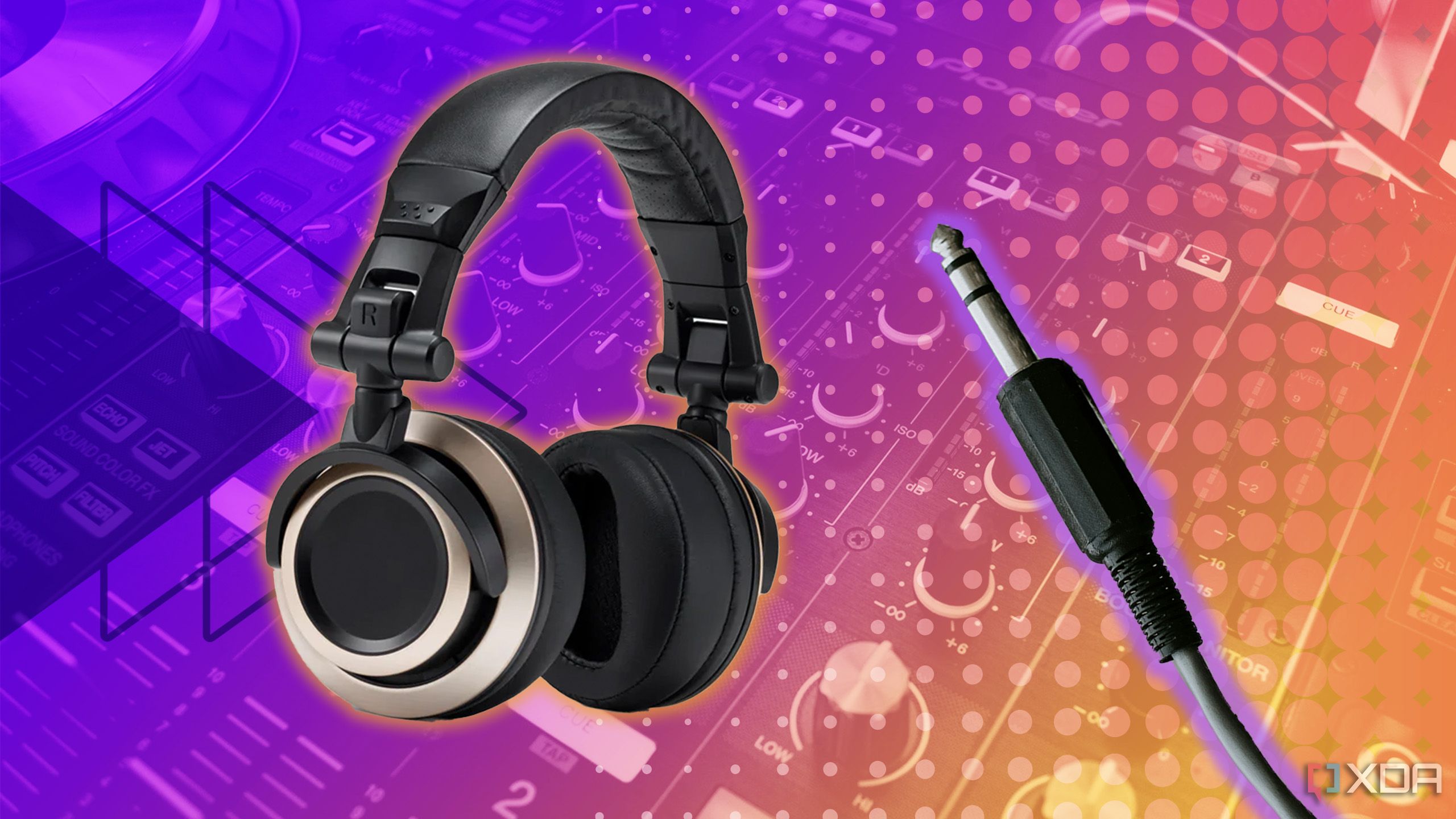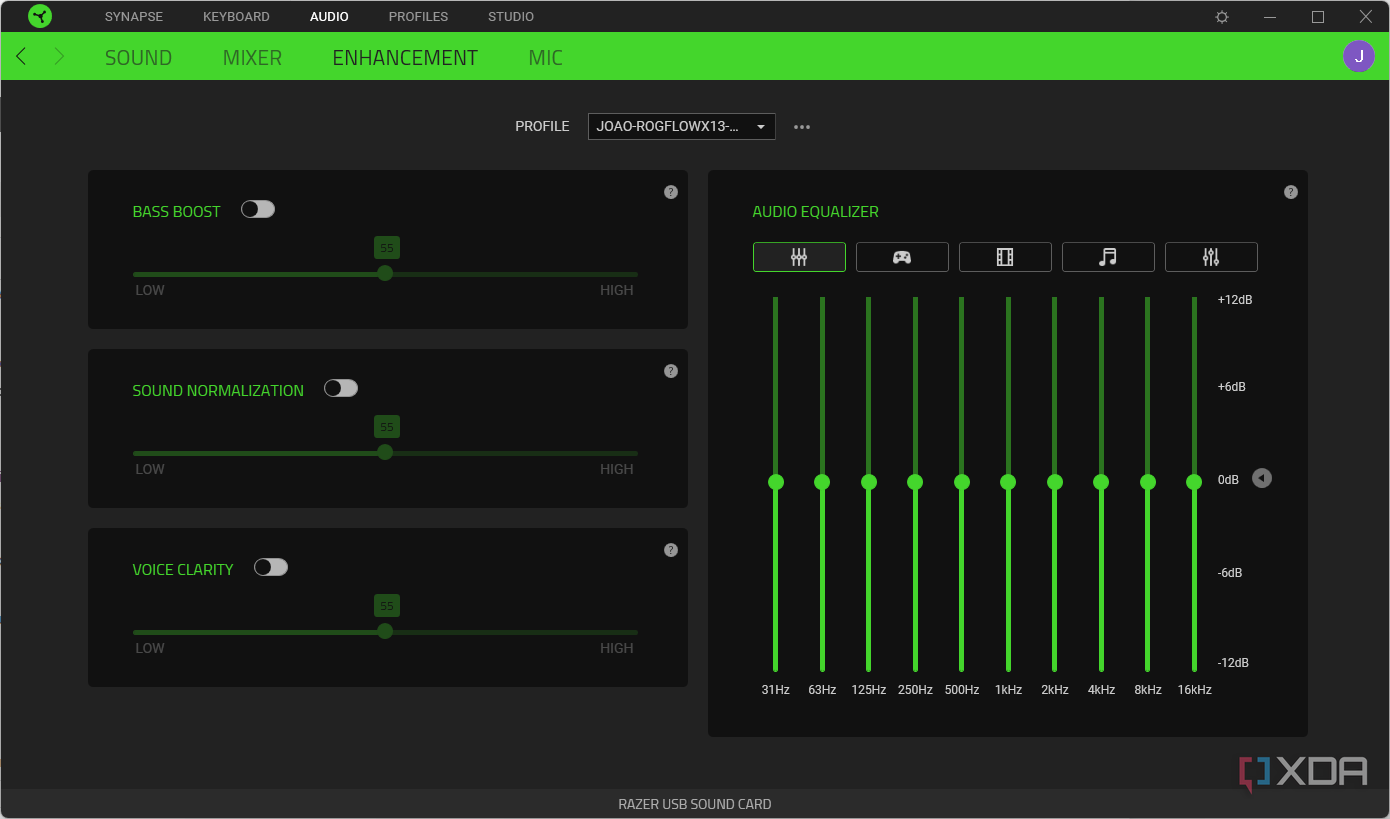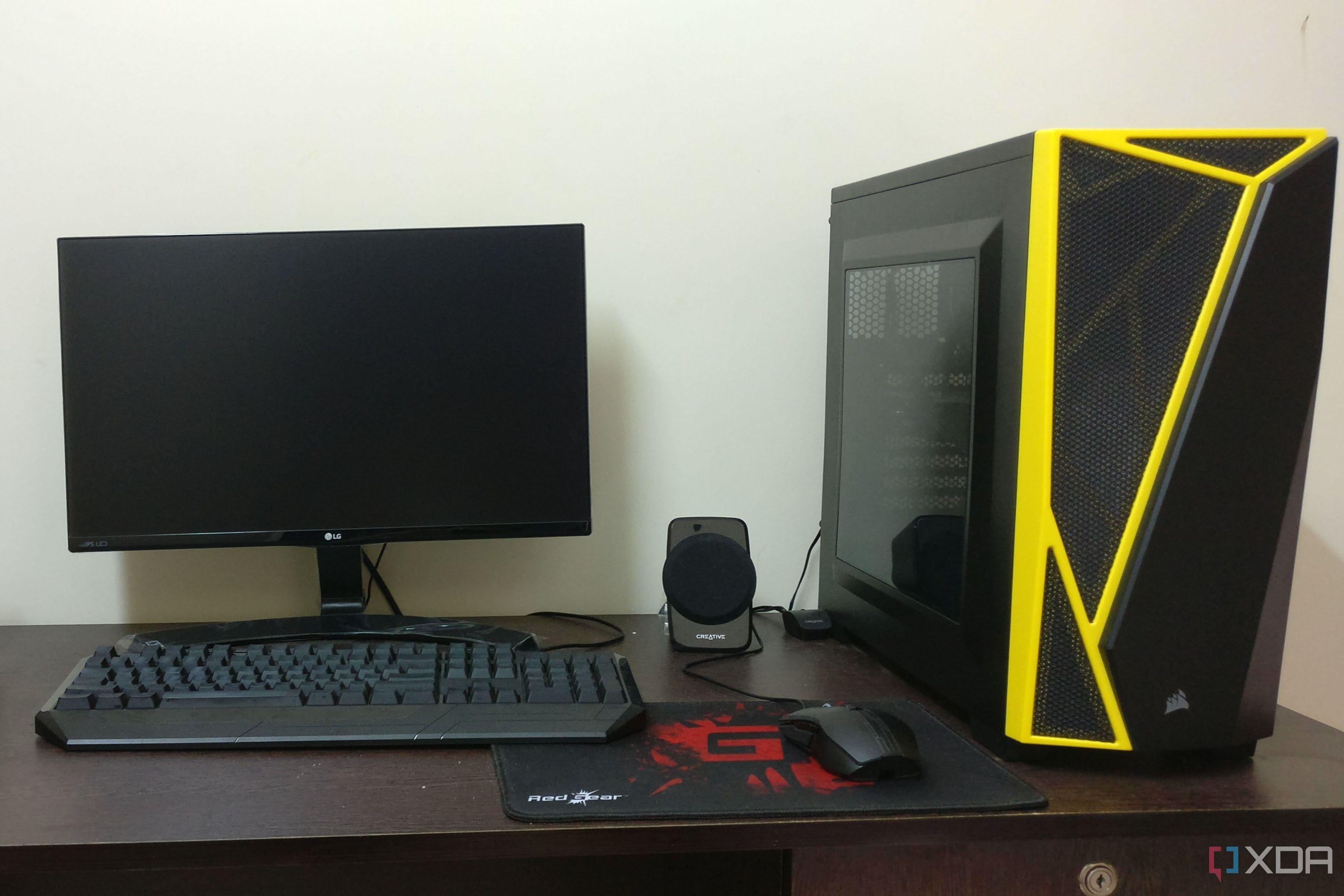Switching to wireless peripherals felt liberating at first, as you'd expect. It meant that I no longer had to deal with dangling cables or restricted movement, especially while gaming, and my desk looked pretty clean. It all started when I purchased a wireless gaming headset in 2016; soon after, I started buying wireless gaming mice and controllers. The keyboard is the only thing that's currently on my desk that isn't wireless, but that's only because there's no wireless hall-effect keyboard on the market.
However, using wireless peripherals isn't all sunshine and rainbows. Sure, they're aesthetically pleasing on the desk and give you the freedom to move around, but they also have their fair share of quirks. While I was happy to switch without second thoughts, I didn't anticipate some of the challenges I faced along the way. So, if you're considering splurging on wireless peripherals like I did, take a moment to learn about these drawbacks and make an informed decision.

Related
7 reasons wired headphones are better than wireless - and 5 reasons they're not
Both wired and wireless headphones have their good and bad features, but it's important to know what they are before you decide which to buy
4 Wireless range isn't always as advertised
Walls and obstacles will limit your freedom of movement
This is mostly an issue I faced with wireless headsets since my other wireless peripherals are almost always on my desk. I like moving around my house when I'm listening to music, so I usually go for headsets that advertise a good range. The first wireless headset I bought—the Logitech G933 Artemis Spectrum—claimed an indoor wireless range of 50 feet (15 meters), but in reality, the signal started cutting out at around 10 meters. The same was the case with the Razer Blackshark V2 Pro, which I purchased in 2020.
I quickly realized that walls, furniture, and even body positioning drastically reduced the wireless range. To get the maximum advertised range in the real world, your headset needs to maintain a nearly unobstructed line of sight with the wireless receiver. And unfortunately, that's not practical with most PC setups. So, always keep in mind that the rated range isn't a guarantee but rather a best-case scenario when you're shopping for wireless peripherals.
3 Charging becomes a daily chore
Even if your peripherals have great battery life
Using wireless peripherals means remembering to charge them frequently unless you want your gaming sessions to be interrupted. When you have multiple wireless peripherals, like a headset, mouse, controller, and keyboard, it can be pretty hard to keep track of the remaining charge in all of them, especially when some of them last a lot longer than others. For instance, my Razer Blackshark V2 Pro wireless headset lasts a little over a day of constant use, whereas my Keychron M4 wireless mouse can last 2-3 days on a single charge.
Despite the difference in battery life, I still charge all my wireless peripherals overnight every day. And that's mostly because I've found it annoying to launch individual software frequently to check the battery percentage and juggle charging schedules. This way, I don't have to worry about my wireless mouse dying or my headset beeping to indicate low battery when I'm in the middle of a ranked match in Valorant. The convenience of going wireless comes at the cost of constantly worrying about battery life, no matter how long your peripherals are rated to last.
2 Latency can impact your competitive edge
Every millisecond matters in competitive games

There's no doubt that wireless peripherals, especially gaming mice, have improved significantly in recent years. High-end gaming mice from brands like Razer and Logitech boast ultra-low latency wireless technologies that claim to match the performance of their wired counterparts. During regular use, you'd notice absolutely no difference, but when you play games competitively, those extra milliseconds of latency can be the difference between winning a gunfight and losing it.
That's exactly one of the reasons why I wouldn't recommend cheap wireless mice for gaming. Wireless peripherals that use Bluetooth over a 2.4GHz connection will introduce a lot of latency and input lag, which will make you regret your purchase. Even high-end gaming mice marketed with ultra-low latency occasionally stumble, disrupting immersion and gameplay. I've faced random disconnections many times while gaming, despite using high-end mice like the Razer Viper V3 Pro and Keychron M4.
1 Firmware updates can be a double-edged sword
Wireless peripherals rely a lot on software for customization

Although both wired and wireless gaming peripherals rely on companion apps to unlock all the features they have to offer, wireless peripherals need them more. For instance, you can't check the exact battery percentage of your gaming mouse or headset without the manufacturer's software installed on your PC. Unfortunately, I've had my fair share of issues with companion apps over the years. Some brands do them right, whereas others make them a pain to deal with.
Razer Synapse, for example, is notorious for being buggy. Firmware updates meant to enhance functionality can sometimes result in temporary performance degradation or introduce new bugs. There have been times when my gaming mouse and headset stopped showing up in the software and suffered from intermittent disconnections after an update. More importantly, over-reliance on proprietary software limited cross-platform compatibility, which was never really an issue when I used wired peripherals.
I've learned to overlook the quirks
Looking back, I had very high expectations when I started buying wireless peripherals for my PC. But now that I've used them for nearly a decade, I've learned to overlook some of the minor drawbacks that bothered me along the way. Yes, I still don't like charging them every day or dealing with firmware issues, but the pros far outweigh the cons, at least for me. I understand going wireless isn't for everyone, which is why it's important to set realistic expectations. So, before you splurge on a new wireless mouse, headset, or keyboard, make sure you're prepared to deal with the quirks and responsibilities that come with owning one.

Related
5 peripherals and devices I wish I never bought for my PC
If my younger self had known better, he wouldn't have bought these devices and peripherals
.png)










 English (US) ·
English (US) ·